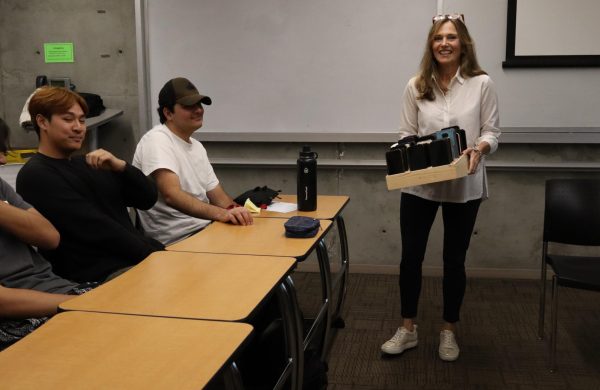Popular clothing brand refuses to make plus size clothing
Abercrombie & Fitch hit a new mark of superficiality this week concerning their marketing strategy of refusing to offer plus sizes, any size bigger than a large, in women’s clothing.
According to Business Insider, A&F steer from making plus sizes of their clothes because, “they don’t want overweight women wearing their brand.”
“It gives them [young people] a terrible message,” Ruth Taylor, clinical psychologist in EC’s health center, said. “You look back at some of their advertising and sales person policies they really are not interested in promoting any sort of social good. They’re interested in developing a particular image and marketing to a particular person.”
With the release of the book, The New Rules of Retail, author Robin Lewis targets A&F and their CEO Mike Jeffries‘ marketing strategy to exclude overweight women as consumers by offering no plus size options of their clothing. By not catering to overweight customers, says Lewis, the brand will then be associated with thinner physiques and those of a, “cool kid,” crowd.
When commenting on A&Fs marketing strategy in 2006 to Salon, Jeffries said, “…Candidly, we go after the cool kids,” and that, “a lot of people don’t belong [in our clothes], and they can’t belong.”
“It’s a sensitive issue,” Megan Whetsell, 24, nursing major said.
Whetsell continues to say that while on one hand exists such a gross message being sent in the form of the direct discrimination and exclusion of one specific group, on the other hand you have the fact that a company is allowed the right to make and sell what they wish and target to who they wish,” because every company is targeting some demographic at the end of the day. Some just more than others.”
The social affects of such twisted messages on the topic of weight and a desire to be cool are noticeable even among EC students, not just those of high school age says Taylor. She continues to point out that its impact dwindles with age because, “instead of looking to peers for validation they [students] start looking at themselves and their development as an adult to value other things.”
“There’s a stigma attached to it and it becomes a way people define themselves,” Taylor said.






